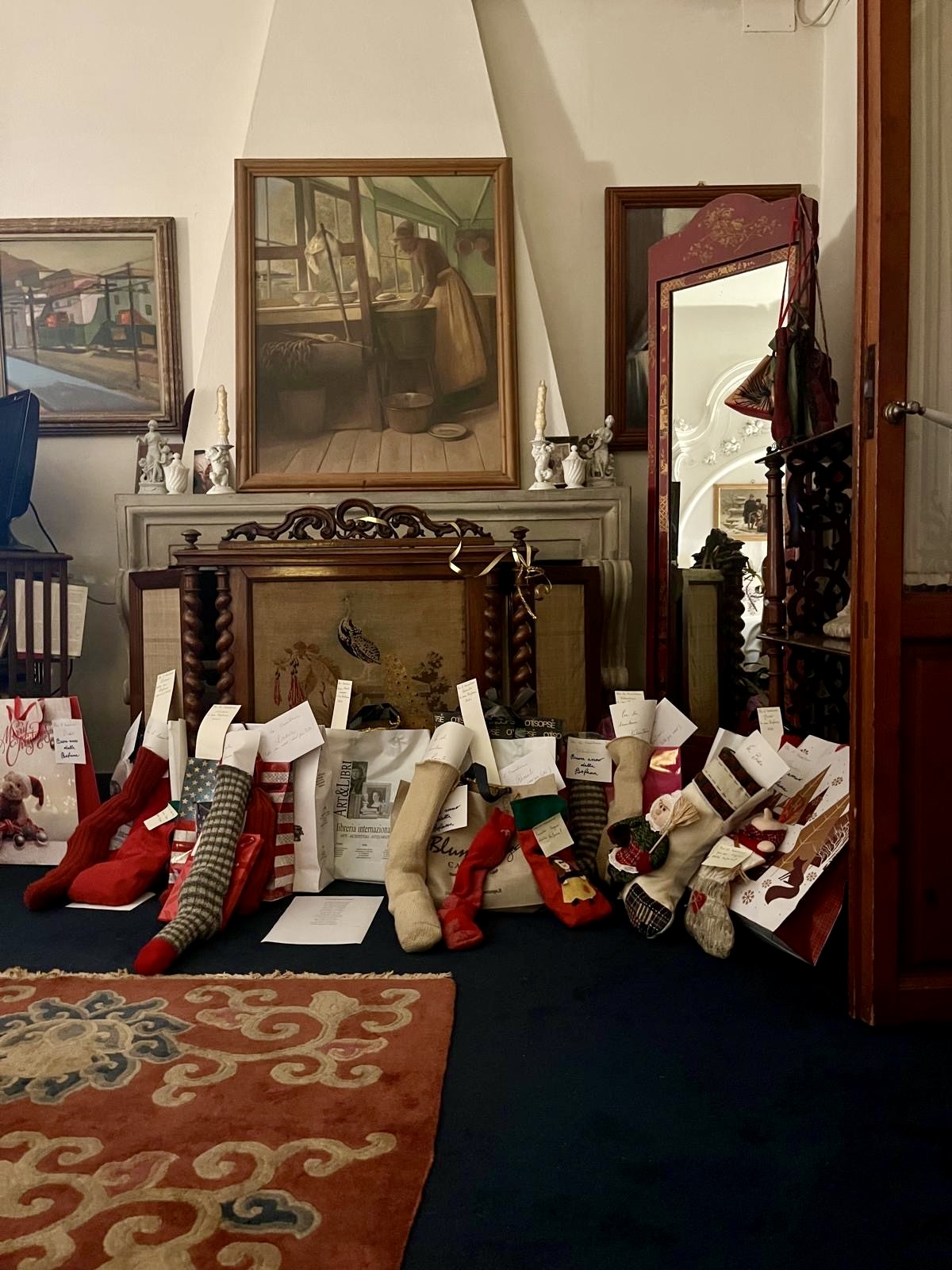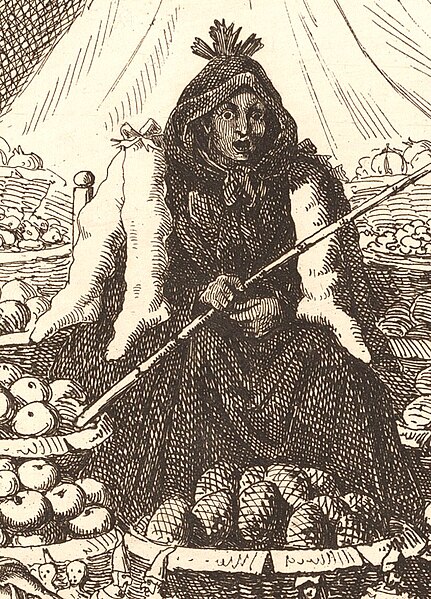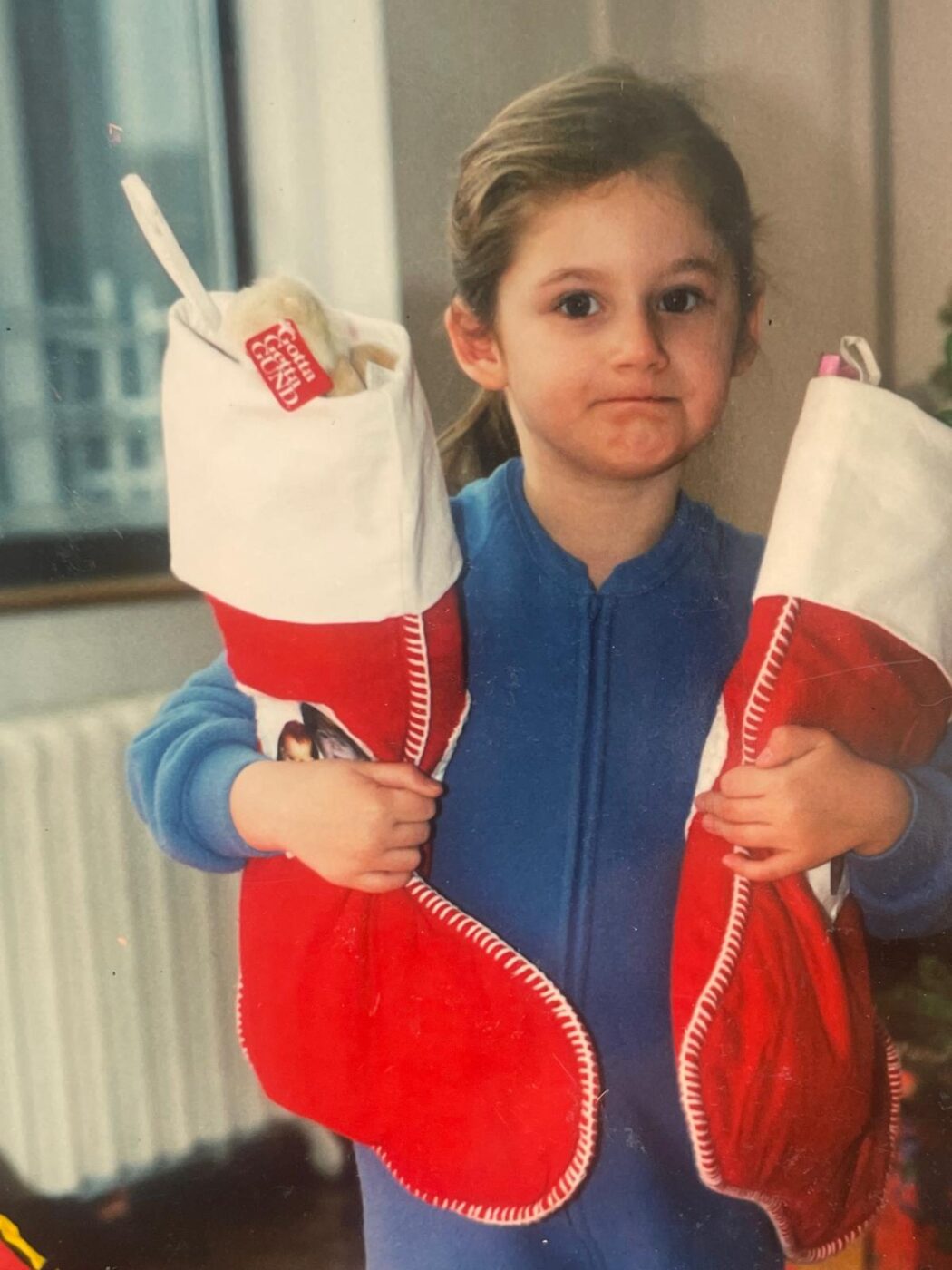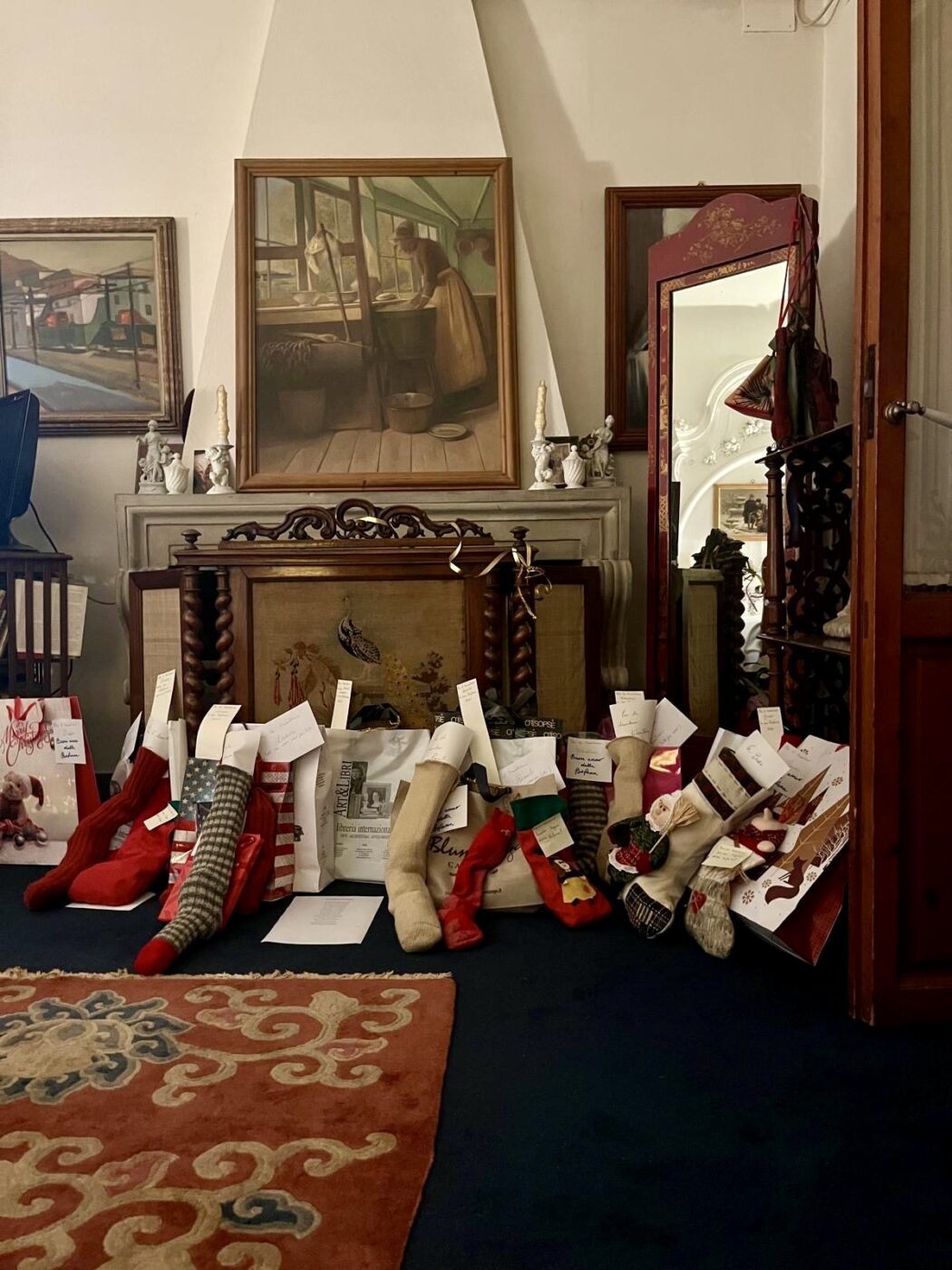Jacob Grimm, of the notorious Brothers Grimm, described her as a “misshapen fairy.” A tatty shawl pulled over her head reveals a crescent of silver hair, and beneath it, a hooked nose, few teeth, and skin creased deep with age. She is draped in rags, and between her knuckled hands, a broomstick. La Befana, the fictitious old woman known for delivering gifts on Epiphany Eve, does not sound particularly compelling, and yet she is one of the most loved figures in Italian tradition. She is fabled to bring sweets, typically caramelle (candy) to good children, and coal to those who’ve been bad; not on a sleigh pulled by reindeer, but on her broomstick.
The allusions are obvious, but she is no Santa Claus. In fact, she was here first, though she remains relatively unknown beyond national borders. Some believe her to derive from pagan tradition, an earth goddess dreamed up by the Romans, or the Celts, or Neolithic farmers. Others think she may have sprung from a Medieval Christian personification of Epiphany; at the time, personifying important dates in the Christian calendar was common practice. Either way, somewhere along the course of history, La Befana was adopted into Christian legend, becoming known as the hardworking housewife doomed to live burdened with regret.
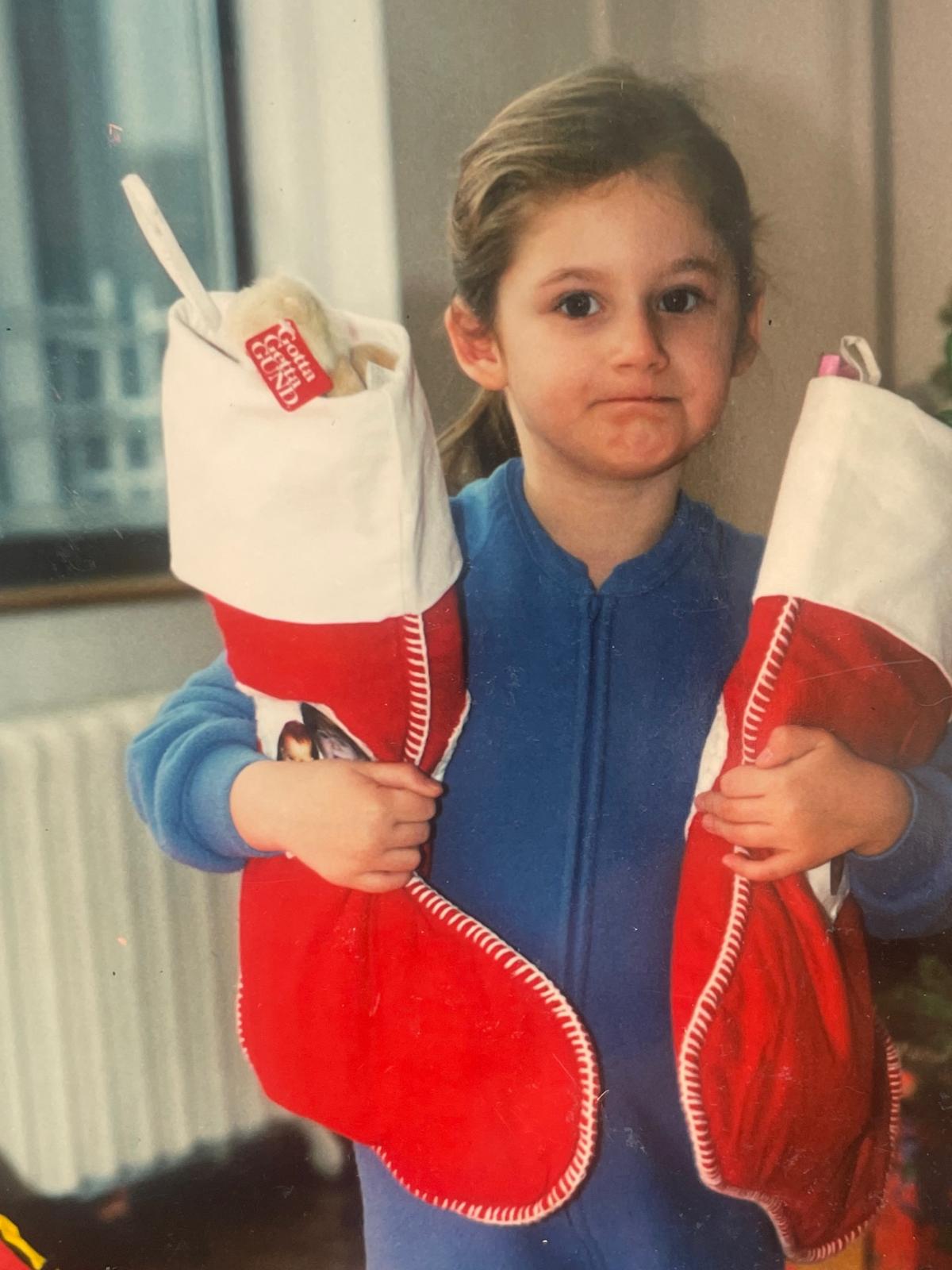
The story goes that the Magi, on their search for the Christ Child, stopped in a village at dusk, tired and hungry. La Befana, the perfect housewife who was famed for her hospitality, offered them shelter for the night. Overcome with gratitude, the next morning they invited her to accompany them on their search for Christ, so that she too might have the opportunity to set her eyes on the divine infant. She declined, telling them that she was too busy sweeping the house to set out on such an expedition.
It was not long before she regretted her decision, and she decided to follow the Magi after all, bringing baked goods and her broomstick, a gift to help the new mother clean. La Befana never did manage to find the baby Jesus and his family, and legend has it that she’s still searching; visiting all children on Epiphany eve stocked with gifts, hoping to come across the holy child. Her name is believed to originate from the Italian version of the word Epiphany, Epifania.
The witch-like old woman is a legend who exists nationwide, something of a rarity in a country with so much regional variety. Despite this, significant local color still applies. Italian author Alfredo Cattabiani notes the linguistic variation of La Befana’s name alone, saying she is known as the Pifanie (epiphany) in Lario Orientale, the Stria (Witch) in Mantua, Padua, Treviso, and Verona, the Voecia (old woman) in Bologna, and Pasquetta (little Easter) in Legnago. Celebrated folklorist Giuseppe Pitrè refers to her as the old woman of Christmas, the traditional Sicilian term. Just as varied are the ways in which she is venerated and remembered. In Tuscany, a custom known as “Befanata” includes making a doll of her to be placed on bonfires, also performed in Umbria and Lazio under the name “Pasquarella”. Venice celebrates with the “Regatta delle Befane”, a race on the Grand Canal with gondoliers dressed up as La Befana. She has a particular connection to Rome, where she is said to live amidst the rooftops of Piazza Navona. The legend goes that as the clock strikes midnight on January 5th, La Befana appears in one of the windows on the square, bringing crowds flocking every year to catch a sighting. Even her clothing is said to be Roman, with a popular Italian song, “La Befana vien di notte”, describing her “col vestito alla romana,” or “dressed in the roman way,” decked in a black shawl and “scarpe tutte rotte” (broken shoes). The celebrations are by no means limited to Italy; Toronto’s vibrant Italian community means that a Befana Choir gathers each December, singing love songs to serenade the sun to make its return. But the biggest festivities occur in Urbania, a historic town nestled in Marche, which is said to be La Befana’s original home. Here, the festa attracts between 30,000 to 50,000 people annually.
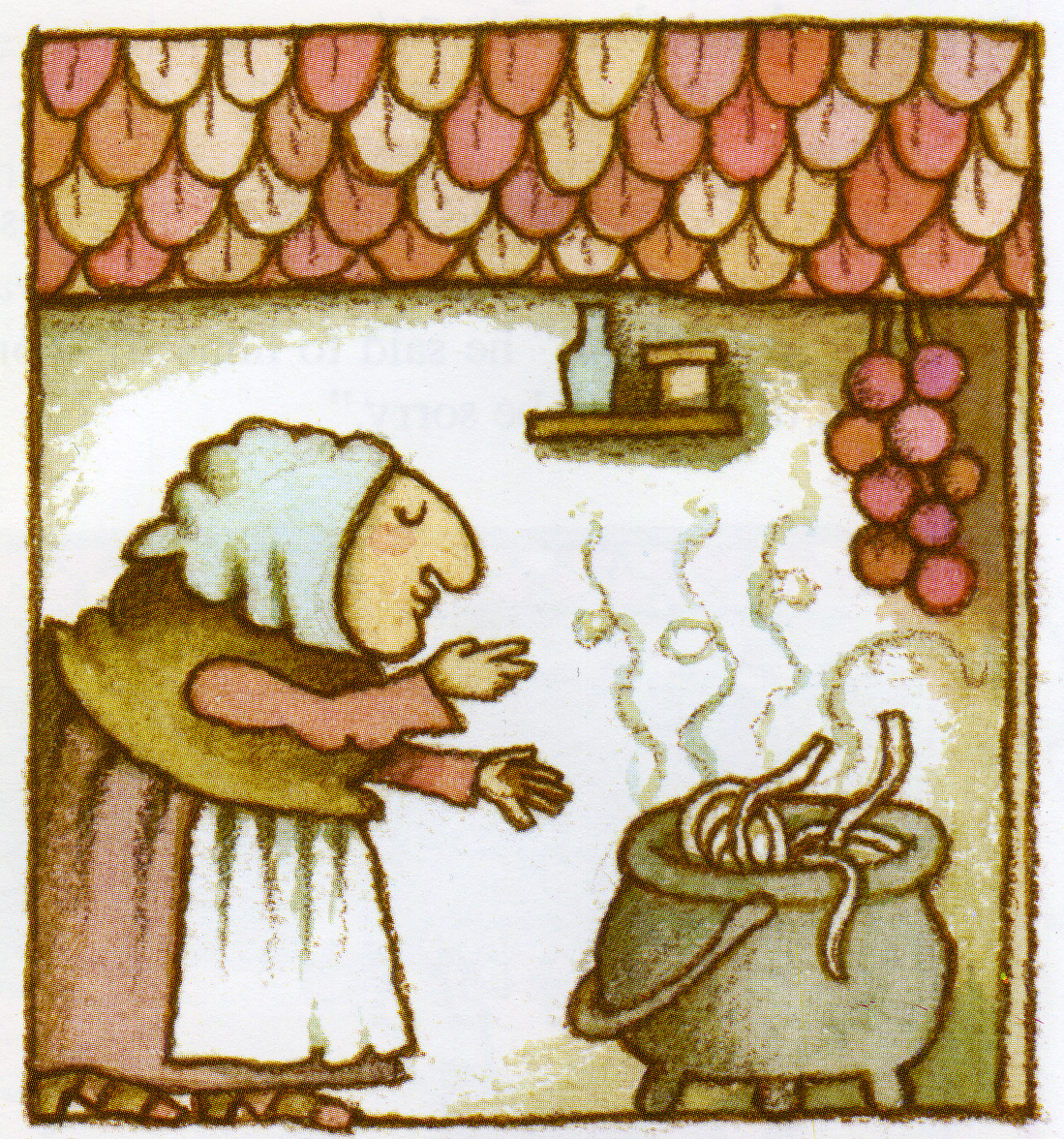
Strega Nona
Despite all the regional merriment, La Befana historically brought far more than good cheer. “I Befanotti” was the name given to groups of men who would travel from house to house in countryside villages across the nation, singing, dancing, and performing skits in exchange for food. This was not food for themselves, they would say, no, it was for La Befana; she was on the hunt to feed her children, and needed the village’s charity to do so. In this way, the poorest members of the village asked others to give them food, but avoided the shame of having to beg for it. Richer men were banned from creating their own groups or participating, so as to ensure those who needed the food most were given it. Some songs even go so far as to ask for specific, usually protein heavy, foodstuffs such as meat and eggs so that the less fortunate could survive the harsh winter months.
The spirit of La Befana took a hit in 1977. The Italian government, crippled by the devastating impact of the anni di piombo, decided they needed to take action if they wanted to revive the country’s economy. They proposed a calendar reform, canceling a number of public holidays, including Epiphany. It was a significant blow to the Italian holiday season, with some having become accustomed to celebrating Epiphany with more pomp and festivity than Christmas. Even Pope Paul VI expressed his mourning for the lost holiday and its patron in a public speech: “Poor La Befana… She seeks shelter now on the first Sunday after the feast which was her own.” Such was the outcry that Epiphany was officially reinstated as a national holiday in 1985.
This alone shows how La Befana persists–an emblem of the long folkloric and religious history that has shaped so much of Italy’s culture today. Her inspiration has even made its way to social media: the “Strega Nona Fall” trend on TikTok pays homage to an Italian children’s book of the same name, starring a kindly “grandmother-witch”. It’s not difficult to make the connection between La Befana’s historic characterization and a wave of artistic and literary reproduction that have now, in turn, sparked a social media phenomenon. Tips on embracing this trend include making pasta from scratch, reading books, settling into the inside warmth, and being kind. It seems that centuries after I Befanotti used La Befana to encourage charity in their neighbors, the Italian grandmother-witch figure is inspiring a new generation to think of others–whether candy is on the line or not.
